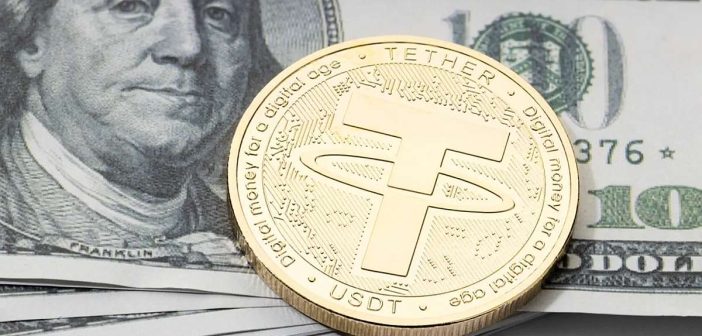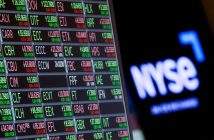The recent Tether Elemental deal marks a major step in the stablecoin issuer’s real-asset investment strategy. On June 10, Tether announced it had acquired 78,421,780 common shares of the Canadian gold company Elemental Altus Royalties from La Mancha Investments. The $89.4 million deal gives Tether a 31.9% stake, based on a per-share price of $1.14.
This acquisition gives Tether a powerful foothold in the precious metals sector, especially gold. According to the official press release, the investment reflects Tether’s commitment to diversifying its reserves with low-risk, real-world assets to improve the transparency and stability of digital finance.
Tether Elemental Stake Reflects Push Toward Real-World Asset Backing
The Tether Elemental transaction is one in a series of recent strategic moves aimed at securing long-term value through tangible assets. Elemental, a Canadian royalty and streaming firm, manages a diversified portfolio of gold, silver, and copper mining interests.
Tether’s leadership believes that exposure to gold production is a crucial hedge in today’s volatile macroeconomic environment. According to CEO Paolo Ardoino, the Elemental acquisition supports Tether’s effort to “build a more sustainable and transparent financial system” by integrating traditional commodities with blockchain infrastructure.
By investing in physical assets, Tether strengthens the real-value foundation of its stablecoins, including Tether Gold (XAUT), a token backed by allocated physical gold.
Supporting Tether Gold (XAUT) With Direct Mining Exposure
One of the key motivations behind the Tether Elemental acquisition is to enhance the credibility and long-term value of Tether Gold (XAUT). Launched in 2020, XAUT has become the leading gold-backed crypto asset, with a market cap exceeding $836 million.
By gaining partial ownership of a company with proven gold production rights and global operations, Tether can promote XAUT as a more secure and trustworthy stablecoin. Investors increasingly demand verifiable reserves, and direct mining investments provide added confidence in asset-backed digital currencies.
This also helps Tether position XAUT not just as a digital commodity, but as part of a vertically integrated ecosystem that spans mining, tokenization, and global circulation.
Gold, Bitcoin, and the Future of Asset-Backed Finance
Tether’s CEO emphasized the broader vision behind the Tether Elemental strategy. While Bitcoin offers decentralized protection against inflation, gold remains the “time-tested store of value.” The company aims to anchor USDT, XAUT, and future tokens in a mix of digital and physical assets.
As crypto matures, the demand for stable and transparent reserves increases. Institutional players now look for hybrid financial instruments that combine the innovation of blockchain with the security of traditional finance.
The Tether Elemental deal sets a precedent for how stablecoin issuers can secure backing through equity in resource-producing firms, rather than purely through financial instruments or synthetic mechanisms.
Strategic Positioning in Global Commodity Markets
Tether’s equity in Elemental Altus Royalties gives it direct access to a pipeline of global commodity flows. Elemental manages diverse mining royalties across Africa, North America, and Latin America — providing geographical and operational diversity.
The investment may also offer future optionality. Should Tether wish to tokenize more commodity assets, including silver or copper, its partnership with Elemental could provide technical and logistical advantages.
This new level of involvement in resource finance marks a shift in how crypto firms manage collateral — not just for stability, but for growth, governance, and credibility across both crypto-native and traditional markets.




